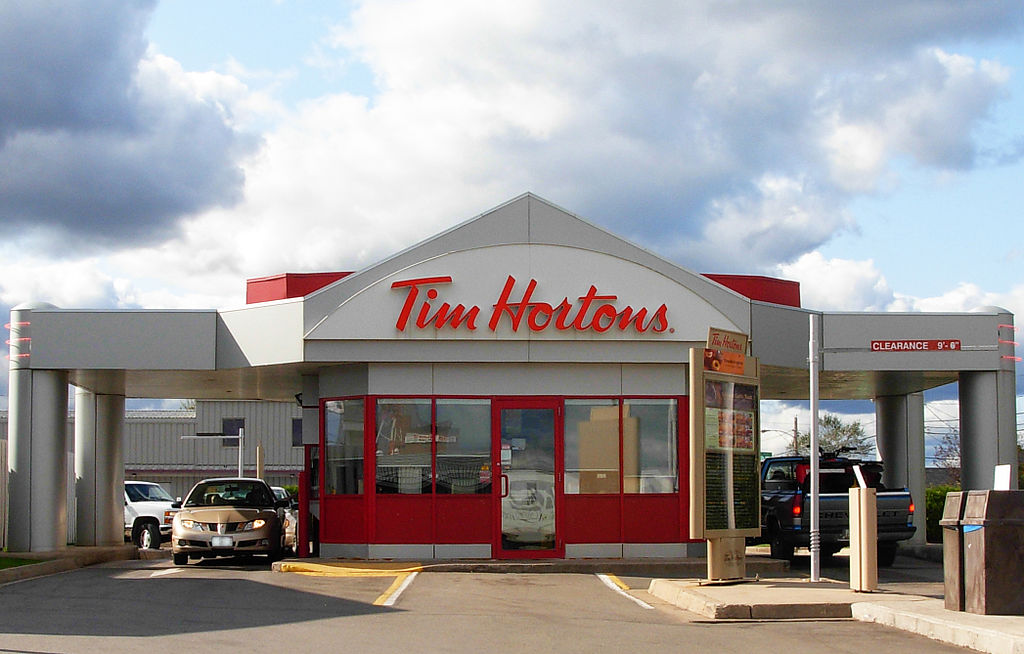Business and Economy
Tim Hortons’ expansion globally won’t be rushed: CEO
The new owners of Tim Hortons say it will take about a year to expand the popular Canadian brand into more countries, as they work behind the scenes on the merger with Burger King.
Daniel Schwartz, the 34-year-old chief executive who oversees the combined parent company Restaurant Brands International Inc. , said Tuesday that a year is a reasonable amount of time, when using his experience with the takeover of Burger King as a model.
“We can rush into this and sign a whole bunch of agreements, but we think (this is) the prudent way to do this,” Schwartz said in an interview after his company reported a fourth-quarter loss.
“It takes some time to make sure you have the right partners, the right supply chain and the right approach.
”
Restaurant Brands’ majority owner is Brazilian-based 3G Capital that took over Burger King for US$4 billion in 2010.
Tim Hortons merged with Burger King under Restaurant Brands late last year.
Schwartz declined to outline which regions are prime destinations for new Tim Hortons restaurants, although he said the model would be similar to Burger King’s expansion into Brazil, China and Russia.
Tim Hortons already has locations in the Middle East and the United States but the majority of its 4,500 Tim Hortons restaurants are in Canada.
Restaurant Brands, which keeps its books in U.S. dollars, says it lost US$514.2 million or $2.52 per diluted share in its latest quarter, compared with a profit of $66.8 million or 19 cents per diluted share a year earlier.
Revenue totalled $416.3 million, up from $265.2 million.
The loss for the quarter included a $143-million loss related to derivatives and $94.3 million attributed to the Tim Hortons deal and restructuring costs.
Comparable store sales were up 4.1 per cent for Tim Hortons, while Burger King comparable sales were up 3.0 per cent on a constant currency basis.
Tim Hortons said last month it cut about 350 employees, mainly at its headquarters and regional offices.
In total, about 15 per cent of the 2,300 employees were part of the reduction.






















